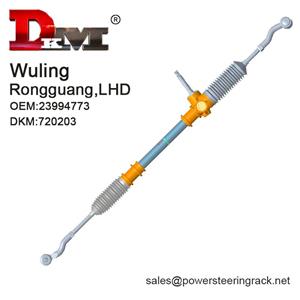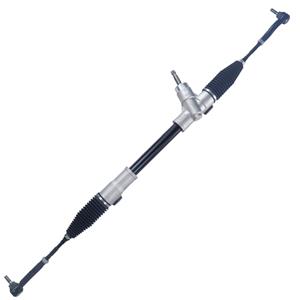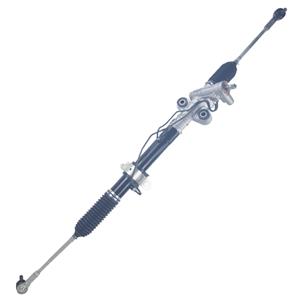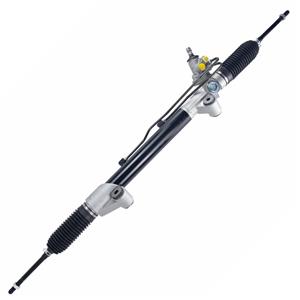When did Buick launch the power steering system?
As a well-known brand in the American automobile industry, Buick has long been known for producing high-quality mid-to-high-end sedans. The introduction of the power steering system has brought about earth-shaking changes in the driving experience of cars, and Buick has also played an important role in the application and development of this technology.
This article will explore in detail the background, historical evolution and core elements of the technology of the Buick brand's launch of the power steering system.
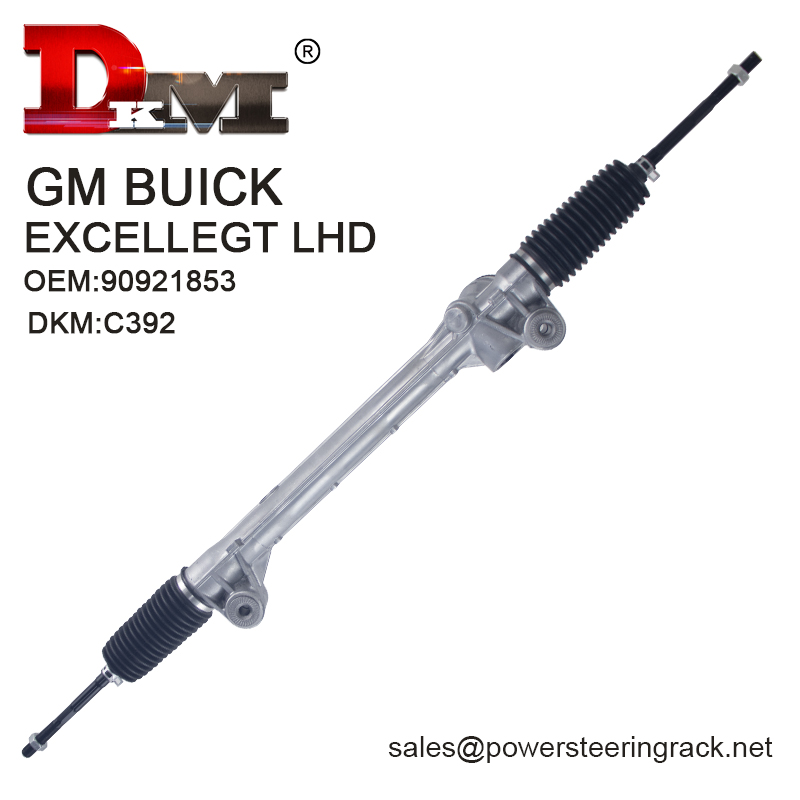
The origin and background of the power steering system
In the early 20th century, with the rapid development of the automobile industry, the design and technology of automobiles gradually tended to be large and heavy, which made steering when driving a car more and more difficult. Especially in the case of parking or turning at low speed, the driver must spend a lot of effort to turn the vehicle. In order to deal with this problem, automotive engineers began to explore how to provide power for the steering system to reduce the burden on the driver. The power steering system came into being.
The core of the power steering system is to apply external power to the steering wheel so that the driver does not need to spend too much force when turning the steering wheel. This not only improves driving comfort, but also greatly improves the handling performance of the vehicle. The first real power steering was designed in the 1930s, and with the advancement of technology, power steering systems have gradually become standard for mid- to high-end cars.
Historical background of the Buick brand
Buick was founded in 1903 and is a luxury car brand under General Motors. As a long-established car company under GM, Buick is known for its robust manufacturing process and luxurious configuration, and has gradually become a brand favored by the middle class and wealthy class in the US market. Buick has led technological changes and innovations several times in its brand history, and the introduction of power steering systems is an important milestone in its history.
In the 1950s, the US automobile industry entered a golden age. Cars gradually evolved from a means of transportation to a symbol of status, and consumers put forward higher requirements for the comfort and ease of operation of vehicles. Faced with market changes, Buick and other mainstream car brands began to focus on improving the comfort and handling of vehicles.

When did Buick launch the power steering system?
The Buick brand truly applied the power steering system to mass-produced models on the Buick Roadmaster launched in 1952. As the flagship model of the Buick brand at the time, Roadmaster represented Buick's highest level in the field of luxury cars. Buick greatly improved driving comfort and controllability by introducing a power steering system on this model, making it a technical benchmark of that era.
In 1952, Buick launched a power steering system using hydraulic technology, which was also the most common form of power steering at the time. This hydraulic power steering system provides steering assistance through a hydraulic pump, helping the driver to turn the steering wheel more easily, especially when driving at low speeds or parking, significantly reducing the difficulty of driving.
The introduction of the power steering system has made Buick Roadmaster gain great attention in the market and quickly won the praise of consumers. Power steering not only makes driving easier, but also improves the overall safety of the vehicle, because the driver can control the steering of the vehicle more quickly and accurately, reducing the risk of steering difficulties in emergency situations.
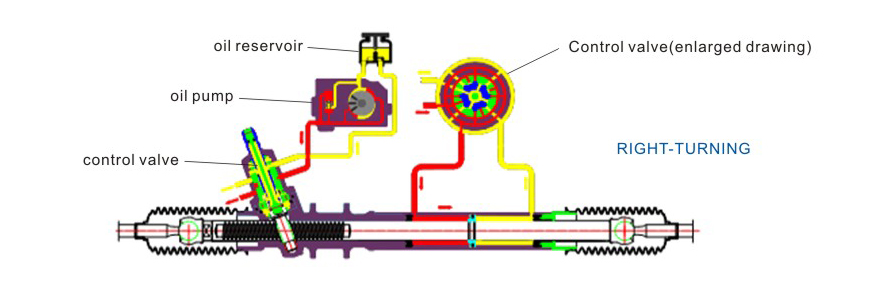
How does Buick's power steering system work?
The power steering system launched by Buick in 1952 is a typical hydraulic power steering system (Hydraulic Power Steering, HPS). The working principle of the hydraulic power steering system is relatively simple, but it is technically very efficient. The following is the basic working principle of the hydraulic power steering system:
1. Hydraulic pump:
The hydraulic pump is one of the core components of the power steering system. It is usually driven by the engine through a belt and is responsible for providing hydraulic pressure to the entire system. When the engine is running, the hydraulic pump starts to work and delivers hydraulic oil to the power-assist mechanism through the pipeline.
2. Power-assist mechanism:
When the driver turns the steering wheel of the vehicle, the steering shaft transmits the movement to the power-assist mechanism. After the power-assist mechanism senses the steering action, the hydraulic oil is guided to a specific direction through the control valve to provide corresponding power assistance, helping the driver to turn the steering wheel more easily.
3. Pressure feedback:
The hydraulic system can automatically adjust the size of the power assistance according to the vehicle's driving speed and steering angle. Usually at low speeds, such as parking or city driving, the system will provide more power assistance; while at high speeds, the power assistance is relatively small to ensure the stability and control feel of the steering wheel.
This hydraulic power steering system greatly reduces the driver's operating burden, especially when driving larger and heavier vehicles, Buick's power steering improves driving comfort.
The impact and significance of Buick's power steering system
The introduction of Buick's power steering system has had a profound impact on the entire automotive industry. First, it has greatly enhanced the market competitiveness of Buick vehicles. As a high-end brand under General Motors, Buick takes luxury and comfort as its core selling points, and the introduction of the power steering just fits this concept. By reducing the physical burden of the driver, Buick provides car owners with a more relaxed driving experience, especially in urban driving and long-distance travel, the advantages of power steering are more obvious.
Secondly, the introduction of the power steering system also paved the way for other models of the Buick brand. Following the Buick Roadmaster, Buick gradually promoted the power steering system to its other models, such as Buick Special, Buick Super, etc. The popularization of this technology has enabled the Buick brand to gain a firm foothold in the luxury car market and further consolidated its high-end image in the minds of consumers.
Finally, the introduction of Buick's power steering system also promoted technological innovation in the automotive industry. The American automobile market in the 1950s was in a rapid growth stage, and consumers' demand for cars was not limited to performance and speed, but also paid more attention to comfort and driving experience. Buick set a new industry standard through its innovation in power steering, and also prompted other automakers to follow this trend and gradually introduce power steering systems into their respective models.
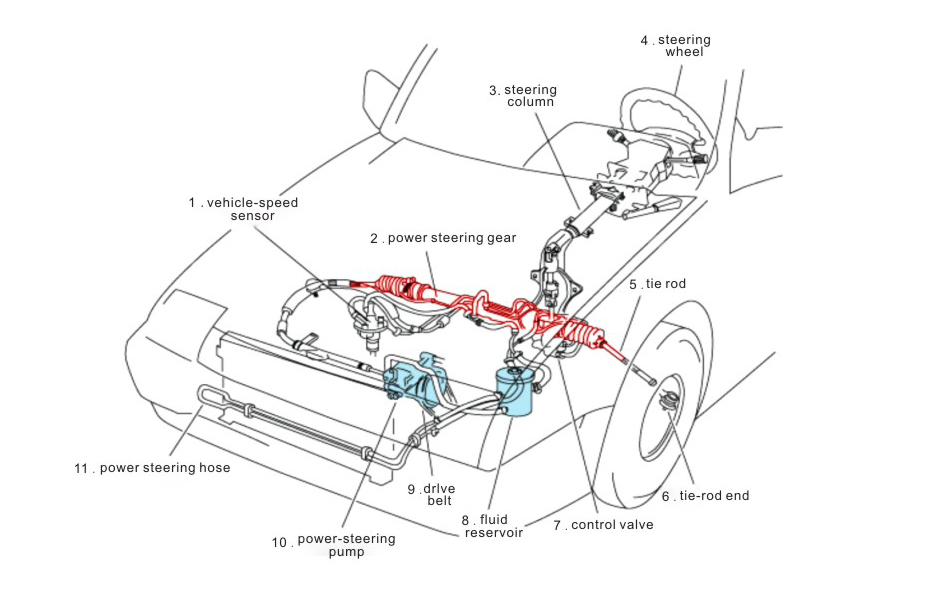
Technical evolution of power steering system
Although the hydraulic power steering system launched by Buick in 1952 was a leading technology at the time, with the continuous advancement of technology, the power steering system has also been evolving and upgrading. Although the hydraulic power steering system has stable performance, it relies on the engine for power, so there are some limitations in fuel efficiency and energy loss.
In order to meet these challenges, Buick and other automakers gradually developed the Electric Power Steering (EPS) system. Compared with the hydraulic power steering system, the electric power steering system no longer relies on hydraulic oil and hydraulic pumps, but provides power assistance through electric motors. The advantage of this technology is that it is more energy-saving and environmentally friendly, and the size of the power assistance can be intelligently adjusted according to driving conditions.
Although the hydraulic power steering system is no longer the mainstream in today's automobile market, it occupies an important position in the history of automobile development, especially the power steering launched by Buick in 1952, which laid the foundation for modern automobile steering technology.
DKM: Your Source for Customized Steering Gear Systems
Guangdong Diamond Auto Parts Co., Ltd. (DKM) has been manufacturing top-tier power steering gears since 1996. We cater to both domestic and international markets, offering products for popular car brands such as Toyota, Honda, and Mitsubishi. Our factory in Foshan, China, spans over 20,000 square meters and is equipped with advanced automation technology to ensure high-quality production at low prices. Contact us today to buy steering systems at affordable rates!

